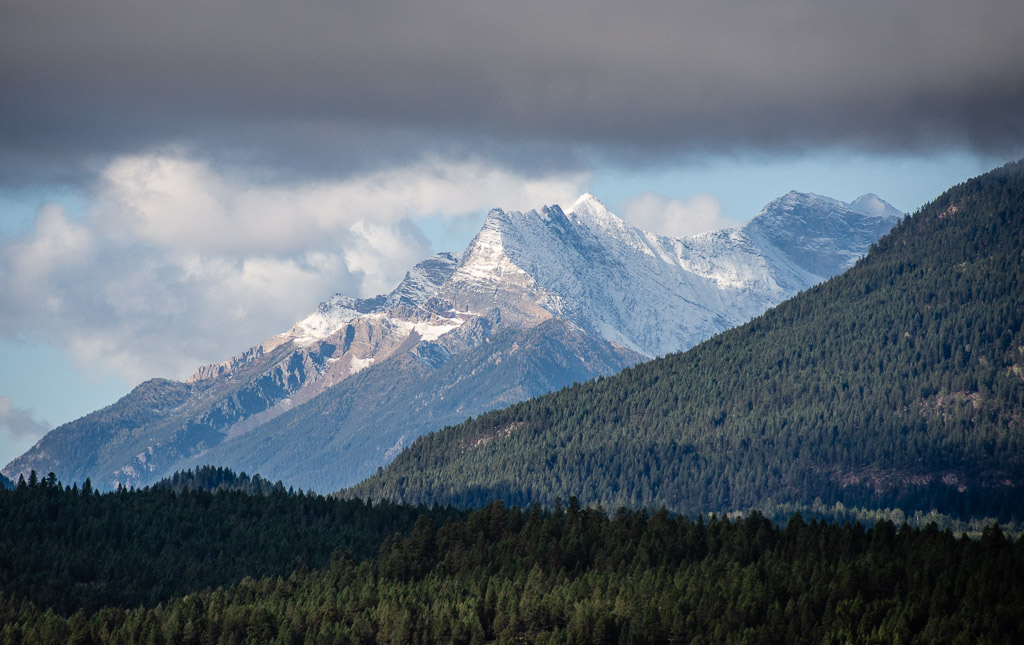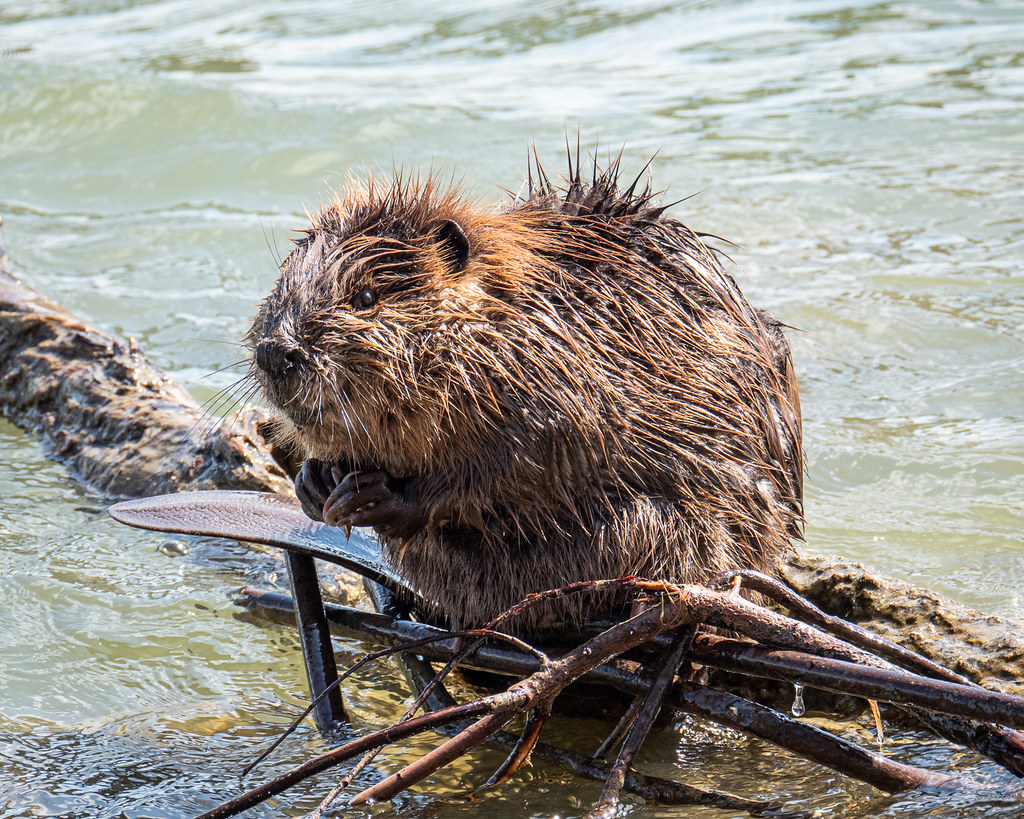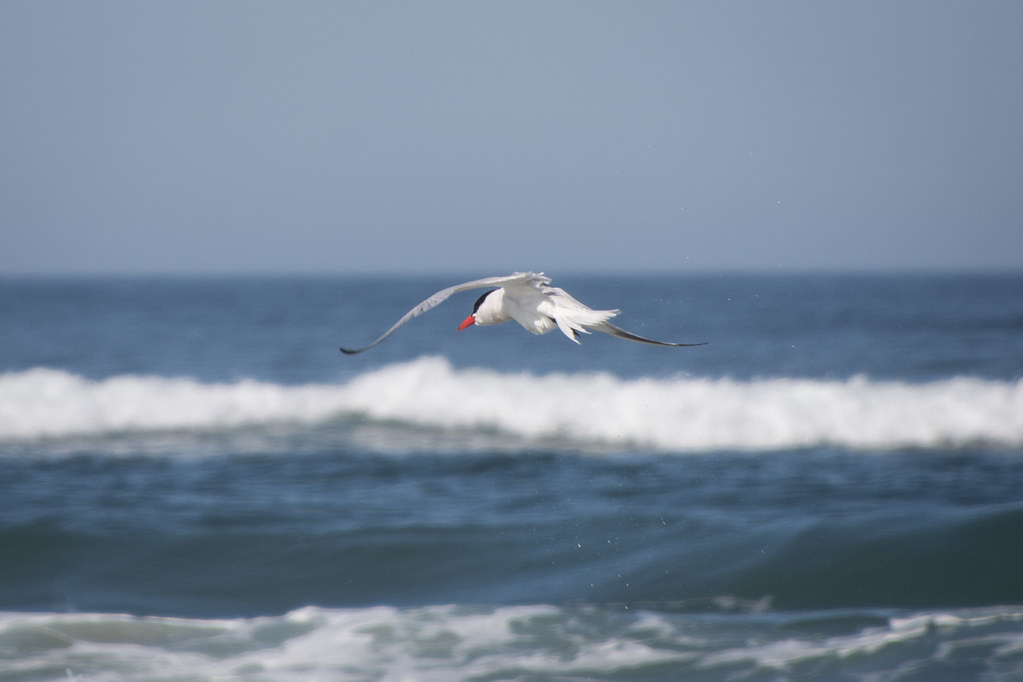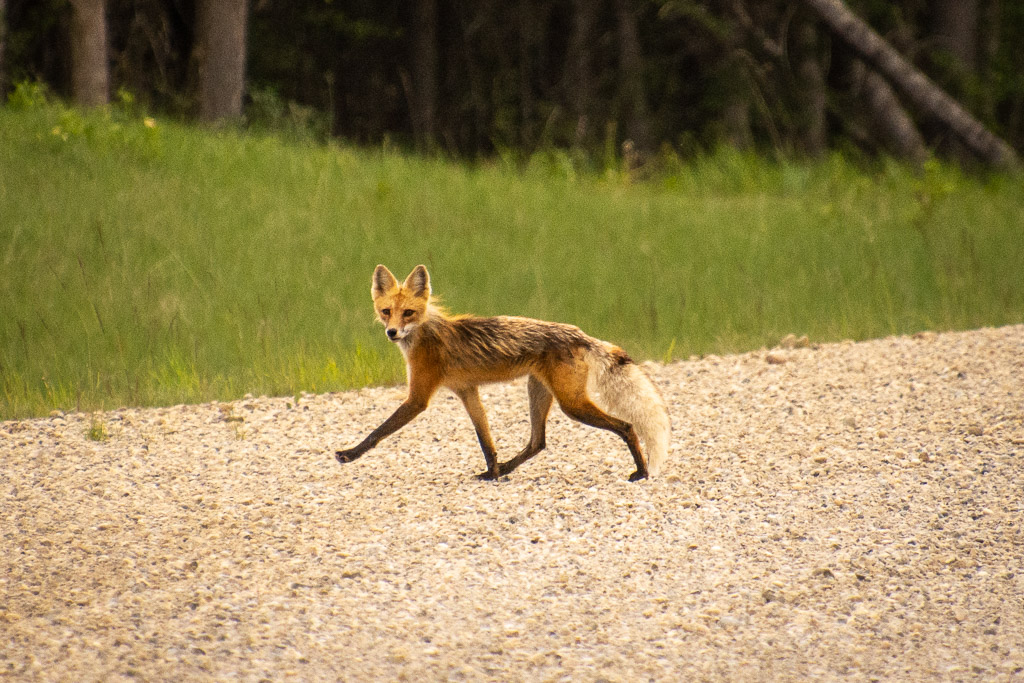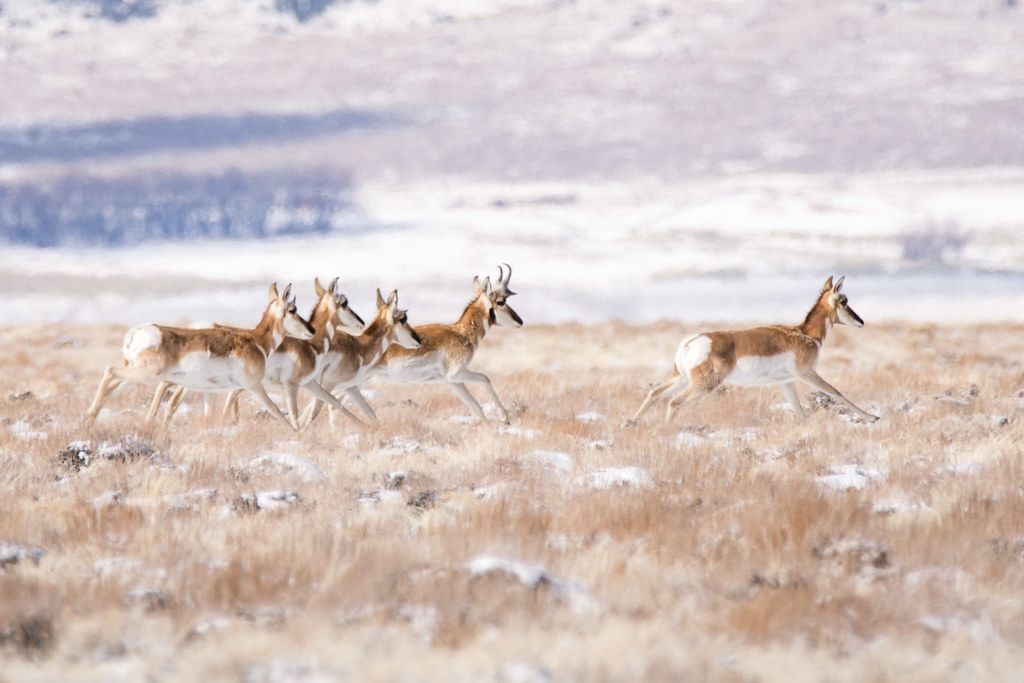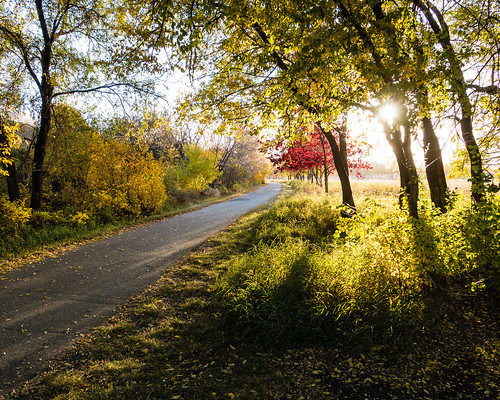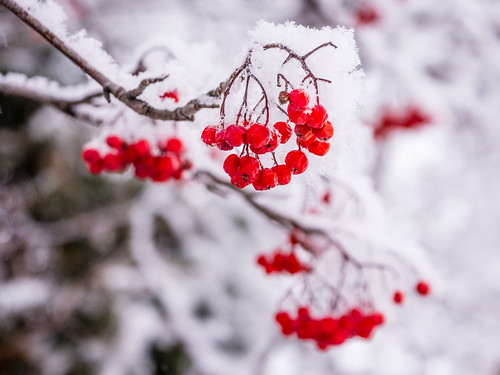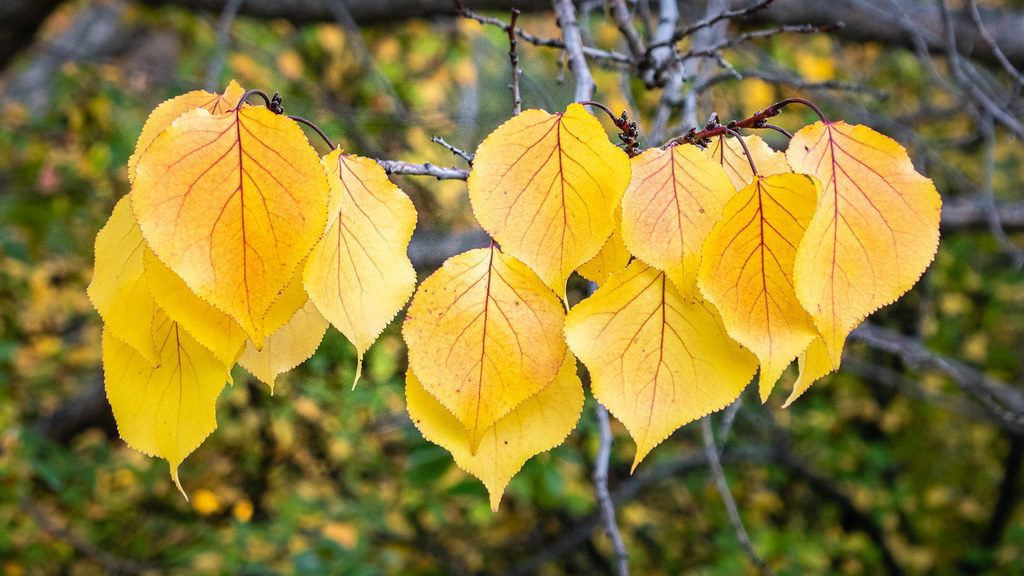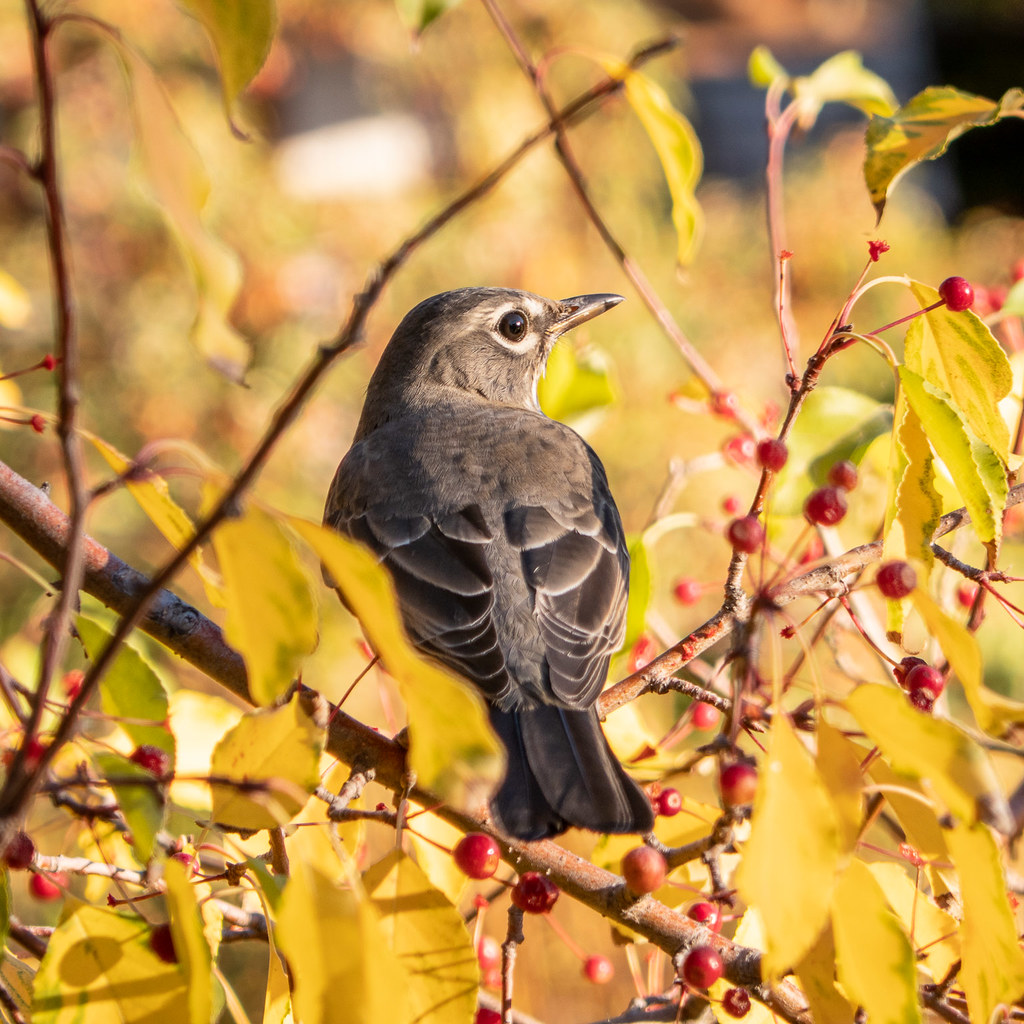1. How and when did you form your group? Public Pastures – Public Interest (PPPI) was formed in late 2012 in response to the federal government’s announcement that the PFRA program was being dissolved. This meant that the native prairie pastures scattered across Saskatchewan, Alberta, and Manitoba were to be returned to provincial jurisdiction and potentially developed and sold. PPPI was born at a meeting of pasture stakeholders, people who made regular use of these publicly owned pastures – managers, patrons who grazed cattle on the pastures, hunters, birdwatchers, artists, First Nations, and other citizens for whom these community pastures are a central part of their homeland. We were united in our commitment to preserving these grasslands, both their biodiverse health and their public ownership. Although the PFRA has been dissolved and the lands returned to provincial jurisdiction, they are still publicly owned and PPPI has evolved to advocate for native prairie grasslands and ecosystems more widely. Our mission is now to “Retain and conserve publicly-owned grasslands and advocate for the conservation and protection of all Saskatchewan’s prairie ecosystems.”
2. What are your principal activities and why do you believe they’re important?
Our activities in the service of these old-growth grasslands are varied but serve four main goals: to retain public ownership, to manage the lands to protect ecosystem health and respect the needs of all people who use and care about them, to enhance community appreciation for and knowledge of these natural treasures, and to engage in research to document the past, present, and possible futures of the grasslands.
Grasslands are one of the most endangered and least protected biomes on earth, and in Saskatchewan more than 90% of our original grasslands have been lost to development. Sadly, we continue to lose native grasslands as well as wetlands and bush throughout the province, leading to the rapid decline of several species at risk, severely hampering our ability to mitigate and adapt to climate change, and damaging our treaty obligations to Indigenous people.
To influence policies and decisions relevant to the grasslands, we spearhead letter-writing campaigns to all levels of governments, meet with government officials, hold news conferences, and sponsor educational grassland tours and film events. We also circulate lists of suggested issues and questions to discuss with candidates during municipal, provincial, and federal election campaigns to bring grassland preservation issues to the attention of voters and politicians.
PPPI monitors government attempts to privatize our public lands, bringing these actions to public attention and working to prevent them. We consult with companies planning developments on native grasslands, such as windfarms, potash mines, and landfills to help them minimize the damage to fragile ecosystems, and we help local communities organize to respond to such proposals. We also combine our efforts with other conservation groups such as Nature Canada, Nature Saskatchewan, Canadian Parks and Wilderness Society, Ducks Unlimited Canada, Citizens Environmental Alliance, Saskatchewan Alliance for Water Sustainability, the Federation of Sovereign Indigenous Nations, Saskatchewan Environmental Society, the National Farmers Union, Heritage Saskatchewan, South of the Divide Conservation Action Program, the Prairie Conservation Action Plan, and, of course, EcoFriendly Sask. We are members of consultation groups such as the recently formed National Grasslands Taskforce and the Transboundary Grassland Partnership.
3. What have been your successes to date?
With respect to our initial goals to protect the now-former PFRA pastures, the province agreed to three conditions: 1) only patrons could buy the pastures and any sales would include a conservation easement, 2) no breaking, drainage, or clearing would be allowed, and 3) pastures were to be operated as wholes and not subleased to individual patrons. To our knowledge, no former provincial or federal pastures have been sold.
In 2019-2020, Environment and Climate Change Canada arranged to operate three former PFRA community pastures in southwestern Saskatchewan (Govenlock, Nashlyn, & Battle Creek), resulting in 80,155 hectares of land becoming the Prairie Pastures Conservation Area, with habitat technicians monitoring species at risk.
We were key contributors to Saskatchewan’s provincial guidelines on the siting of wind energy projects, and our advocacy made sure that native grassland would be clearly indicated in the avoidance zone requirements.
Our actions related to specific development projects have prevented the destruction of several areas of native prairie. For instance, a proposed windfarm on native grassland near Chaplin Lake was prevented as was a golf course proposed for grassland within the White Butte Provincial Recreation Area. We facilitated public critique of the siting of a potash mine near Sedley, leading to stricter environmental mitigation requirements. We helped inform the community and company about problems with a planned landfill at Avonlea on a privately owned piece of native prairie next to the Caledonia-Elmsthorpe Community Pasture, and the project was halted.
PPPI is a supporter of the Treaty Land Sharing Network, which connects Saskatchewan farmers with Indigenous people to support treaty rights by providing safe access to farmlands for activities such as foraging, hunting, and ceremonies.
In a broader sense, our proudest accomplishment is in knowing that we have helped to get native grassland onto the agendas of national and regional conservation organizations and governments at all levels. Canadians are beginning to understand that native grasslands are rare and precious places worthy of protection and good stewardship.
4. What would you like to achieve in future? Saskatchewan needs a complete inventory of its remaining grasslands in order to most effectively direct conservation efforts to keep public control of these natural resources and to include these areas in nature-based climate solutions which are becoming increasingly central to international plans to mitigate and adapt to climate change.
Grazers, such as bison or cattle, are essential for healthy grassland ecosystems. Thus, efforts to support a sustainable livestock grazing industry, operating with best rangeland management practices, are increasingly important as farmers and ranchers struggle to cope with the challenges of climate change.
We hope to increase public appreciation for, and thus motivation to protect, the multiple wonders and value of our native grasslands. Native landscapes, which means grasslands in the prairies, provide solutions to so many problems, including carbon sequestration, air and water filtration, flood and drought protection, and human health issues and disparities.
5. If you could have 3 wishes for improving your community, what would they be?
Stronger relationships with Indigenous conservation groups and projects,
More public appreciation of the value of grasslands for carbon sequestration and biodiversity, and
Better policies to support grassland preservation.
6. Are there volunteer opportunities with your organization?
If so, please describe them and indicate how people can contact you.
We welcome volunteers from across the province to contribute to these prairie conservation efforts. Volunteers can take part in actions of their own communities, as in the consultations for specific windfarm, mining, and landfill projects. Volunteers can also introduce people to the beauties of their local landscape by organizing tours and events sponsored by PPPI. We need as many “eyes on the land” as possible to help monitor the health and state of public grasslands and parkland and proposed sales and cultivation of these lands. We also need volunteer help to achieve a better social media presence. To contact PPPI, please email
public4pastures@gmail.com
See Also:
Photo Credit: Trevor Herriot









